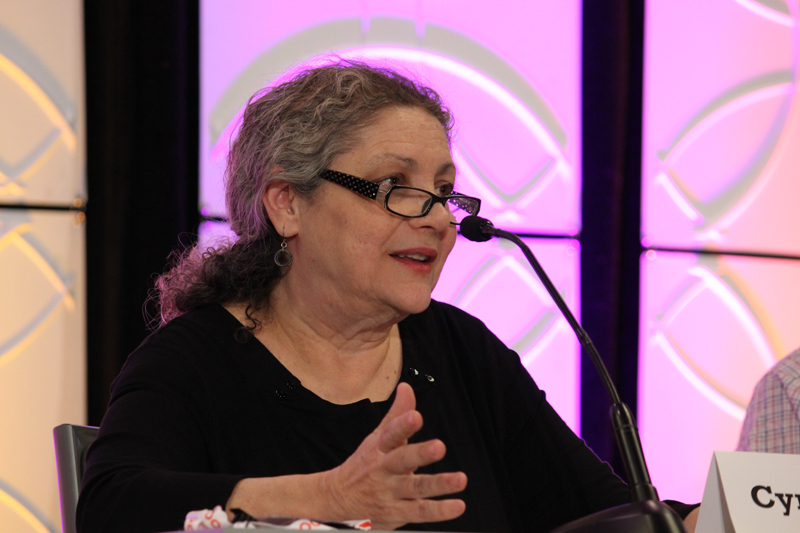For anyone tired of success stories and positivity comes the other shoe dropping—the troublesome experience in delivery by Gino’s East Pizza of Chicago and Hell’s Kitchen in Minneapolis, both iconic restaurants in their respective cities.
Cynthia Gerdes is CEO of Hell’s Kitchen with its 35-foot-long bloody Mary bar and sales topping $7 million. “Our costs also expanded,” she noted at the Food On Demand Conference, including $152K in payroll every two weeks and rising rent. “I got the brilliant idea and we turned to delivery for additional revenue.”
By the end of 2017 revenue from delivery was hitting $2 million and “we were a $9 million company, but we were always strapped for cash.” She enlisted consultant Rodney Johnson, now on the Hell’s Kitchen board, for an analysis, and he determined delivery was costing the restaurant 40 percent of sales, an unsustainable amount.
“The first principle everyone needs to appreciate is: Incremental sales does not necessarily equate into incremental profit, especially if you’re an independent restaurant. Very few independent restaurants really know their numbers,” he said. They ended up stopping delivery, at least for the time being, and began climbing back from the brink.
“A couple of things happened when we pulled the plug. No.1 our bottom line started to improve, but also the staff started loving us again,” because the restaurant returned to operating smoothly.
Jordan Himmel is chief information officer of Bravo Restaurants, including the madly popular Gino’s East, and he has pointed ideas for improvement for delivery providers. His best idea, to this observer’s mind: If there are demand-based delivery fees there should be demand-based pricing, meaning restaurant operators should be able to charge more for products when everyone wants to buy them, just like ride-share apps charge more when everyone wants to move around.
His second best idea: “Reduce the percentage cut. It’s not realistic. Incentivize us to send you bigger orders,” he said, so when the size of the order goes up the percentage fee goes down.
And one more: “There has to be a better way to train independent contractors and hold them accountable,” he said.


